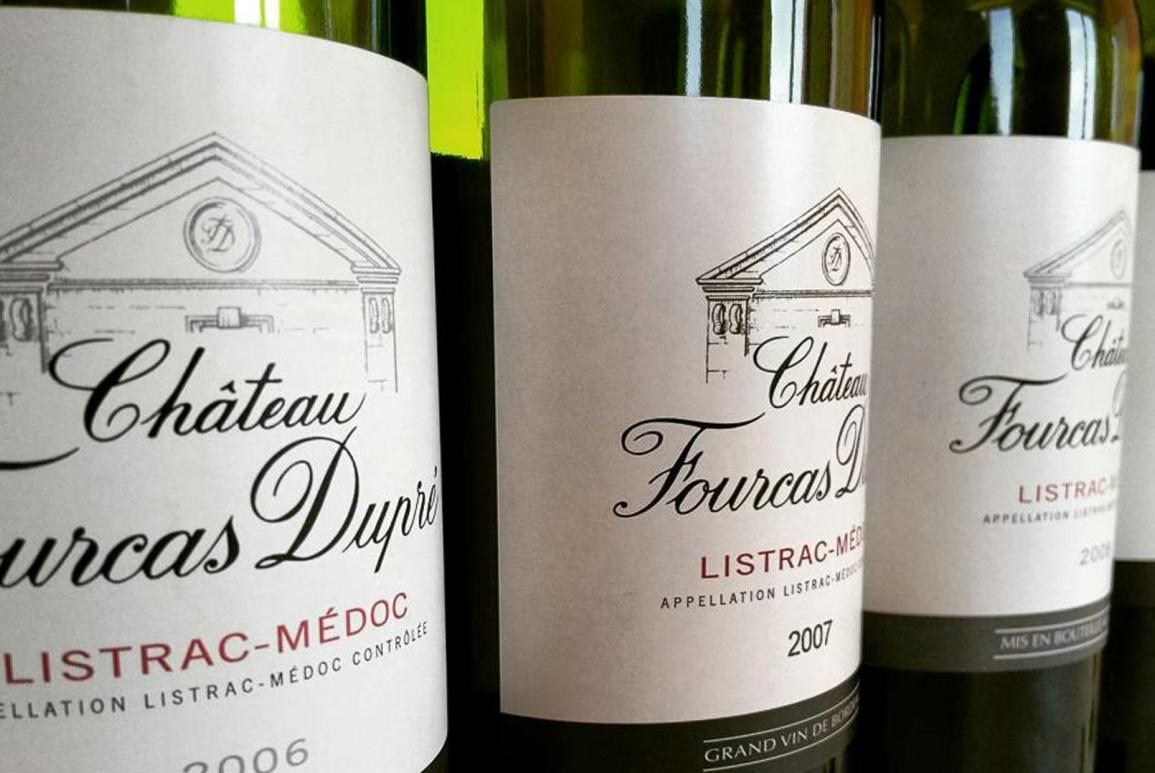Listrac Médoc
On the left bank of the Gironde, the Fourcas plateau dominates the Médoc, this region known for its great wines renowned throughout the world. The plateau that is nicknamed "the roof of the Médoc" is its oldest geological layer.
New Aquitaine is home to many renowned vineyards. The Listrac Médoc appellation is the most recent and smallest of the Médoc appellations, with 600 hectares which produce 31,000 hl of red wines. It is one of the six prestigious communal appellations of Haut Médoc, along with Margaux, Moulis, Saint-Julien, Pauillac and Saint Estèphe. The soils of Listrac Médoc are composed of Pyrenean and Garonne gravel as well as clay, a composition unique in the Médoc. The appellation commune is the furthest from the estuary, on the edge of the forest Medoc.



